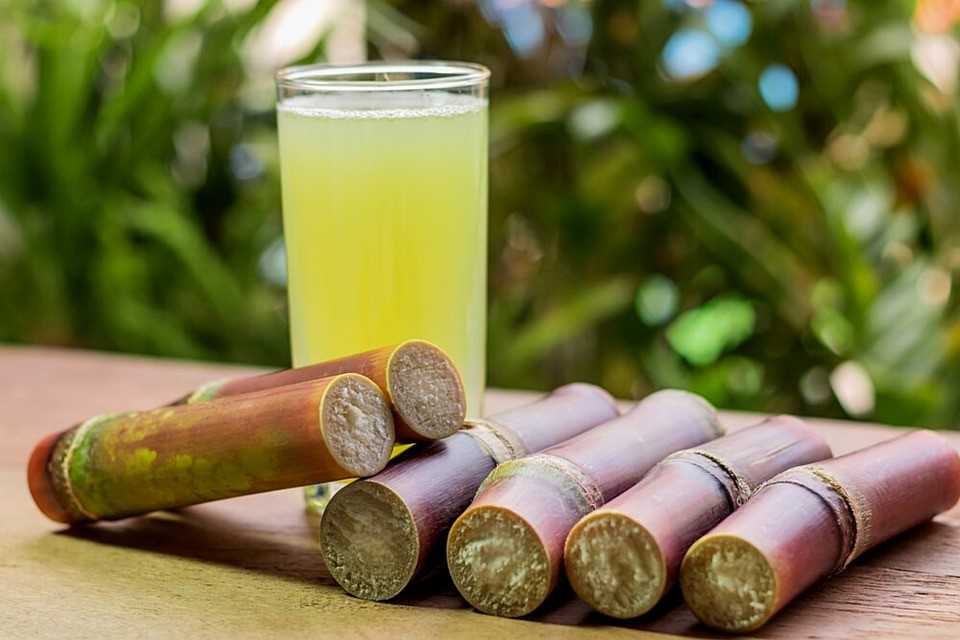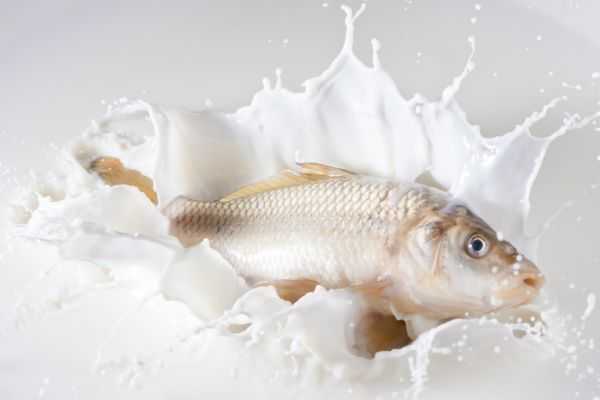The cultivation of sugarcane and its hybrids is mostly used for the production of sugar and ethanol and other industrial applications in more than 90 countries around the world.
Sugarcane was originally grown in Southeast Asia and Western India. Around 327BC it was an important crop in the Indian subcontinent. It was introduced to Egypt around 647AD and about one century later, to Spain (755AD). Since then, the cultivation of sugarcane extended to nearly all tropical and subtropical regions around the world. Portuguese and Spaniards introduced sugarcane to the New World early in the sixteenth century.

Sugarcane is a best example for renewable natural agricultural resource since it provides sugar, besides biofuel, fibre, fertilizer, and a myriad of by-products/coproducts with eco- logical sustainability.
White sugar, brown sugar (Khandsari), jaggery (Gur), and ethanol are obtained from sugarcane juice and bagasse and molasses are the main by-products of the sugar industry. Molasses are the chief by-products used as main raw material for the production of alcohol. Bagasse is used as fuel in sugar mills and also used in paper making and as an ingredient of fibre board.
THE MENTIONED BENEFITS
It has been used in Ayurveda and Unani systems of medicine in India since time immemorial either as single drug or in combination with other plant products.
Sugarcane juice holds water (70–75%), sucrose (13–15%), and fibre (10–15%).

Sugarcane extracts were established with a wide range of biological effects such as immunostimulation, anti-thrombosis activity, anti-inflammatory activity, vaccine adjuvant, modulation of acetylcholine release, and anti-stress effects. Sugarcane juice has broad biological effects on raising innate immunity to infections.
Jaundice patients and people having liver-related disorders have been encouraged to consume sugarcane extract in traditional system of medicine in curing diseases. Sugarcane juice is also used as aphrodisiac, laxative, demulcent, antiseptic, and tonic.
According to the Unani system of medicine in India, sugarcane juice is considered beneficial for the liver by regulating the bilirubin levels and it is recommended that consumption of large amount of sugarcane juice helps for an immediate relief from jaundice. These assumptions have also been supported by modern pharmacological studies, which revealed that sugarcane contains various bioactivities like anti-inflammatory, analgesic, antihyperglycemic, diuretic, and hepatoprotective effects.
Sugarcane juice regulates natural immunity of host cells against different microbial infections such as viral, bacterial, and protozoan having effects on the levels of macrophages, neutrophils, and natural killer cells
A glass of sugarcane juice with a dash of ginger helps to reduce morning sickness of pregnant women. Small doses of sugarcane juice more than twice a day are recommended for morning sickness, a common complaint among pregnant women.
Since sugarcane juice is a rich source of calcium, magnesium, and iron, regular consumption can help boost immunity and keep mineral deficiency at bay during pregnancy. Constipation is also an issue with pregnancy. The juice can also be used to boost digestion and treat constipation due to the presence of potassium. It helps in proper functioning of digestive system and prevents stomach infections.
Regular use of sugarcane juice leads to clear urinary flow since it aids kidneys to perform their function properly. With addition of lime juice and coconut water, sugarcane juice helps in reducing burning sensation which is commonly associated with urinary tract infections, sexually transmitted diseases, kidney stones, and prostatitis.
The presence of the flavonoids, phenolic acids, and several other phenolic compounds in sugarcane, allows for an antioxidant activity of its syrup and juices (https://bit.ly/2ISWwj4), (https://bit.ly/37ubo1F), (https://bit.ly/3odJtIZ), (https://bit.ly/3m9husb), (https://bit.ly/3dKT0m0), (https://bit.ly/3odwLtV). It was shown in a study that sugarcane juice can be used in formulation of ice cream to enhance concentrations of natural antioxidants.
It is quite rich in minerals and organic acids. The juice is rich in calcium, chromium, cobalt, copper, magnesium, manganese, potassium, phosphorus, zinc, iron and vitamins (A, C, B1, B2, B3, B5 and B6).
Consuming 100ml sugarcane juice releases, 40 kcal energy, 10mg calcium, 1.1mg iron, and 6μg carotene in the body. In addition to its cooling effects, the juice has been believed to aid in the recovery from haemorrhage, dysuria, anuria, jaundice, cancer, cardiovascular, and urinary diseases.
In the ancient Indian Ayurveda (Ayurvedic medicine), the sugarcane is employed as a singular drug as well as a combination drug with other herbs and plants. The sugarcane exhibits diuretic properties, owing to which it aids in urinary flow and immune stimulatory effects. The juice is also consumed in combination with ginger or lime juice for added benefits. The mixture of lime juice and sugarcane juice is a home remedy that fastens the jaundice recovery.

Other benefits of sugarcane juice include its uses as a cooling agent, antiseptic tonic, a laxative as well as an aphrodisiac. The juice is also valuable for treatments of acidity, complex ailments like nephritis, cystitis, gonorrhoea, and enlarged prostate.
A 2008 study, examined the antioxidant properties of sugarcane juice. The study showed that sugarcane juice possesses good antioxidant properties and were also able to protect against radiation induced DNA damage. Sugarcane juice of different varieties were effective in giving antioxidant protection at various levels, inhibition of radical formation, radical scavenging at both primary and secondary stages, and in membrane protection. The mechanism involved in many human diseases such as hepatotoxicoties, hepatocarcinogenesis, diabetes, malaria, acute myocardial infarction, skin cancer include lipid peroxidation as a main source of membrane damage.
In a 2013 study, researchers studied the effect of sugarcane juice on exercise metabolism and sport performance of athletes in comparison to a commercially available sports drinks. Fifteen male athletes (18-25yrs) were asked to cycle until exhaustion at 70% VO2 max on three different trials i.e. plain water (PW), sports drink (SpD) and Sugarcane juice.

Ingestion of sugarcane juice showed significant increase in blood glucose levels during and after exercise compared to SpD and PW. However, no significant difference was found between PW, SpD and sugarcane juice for total exercise time, heart rate, blood lactate and plasma volume. Thus, Sugarcane juice may be equally effective as SpD and PW during exercise in a comfortable environment and a more effective rehydration drink than SpD and PW in post exercise as it enhances muscle glycogen resynthesis.
Even though sugarcane juice has many advantages, it is also important to consume the juice as soon as it is extracted because it tends to get oxidized within 15 min. A 2007 study, found that, hygienic standards are usually not maintained during the transport of sugarcane from field to the point of extraction and preparation of juice. Further, the juice is consumed unpasteurised. Therefore, it is possible that the sugarcane juice may be contaminated and pose health hazards.
Researchers collected sugarcane samples from 50 different parts of Mangalore city. All the 50 samples of sugarcane juice examined were contaminated with different bacteria. No hygienic standards were observed either during transport or extraction of sugarcane juice. The glasses used for serving were washed by immersing in the same bucket of water.
Bacterial contamination of sugarcane juice may occur at different stages such as by contamination of sugarcane, roller drum crushers, collecting vessels, ice added to the juice, hands of the personnel and the filter. Further, sugarcane attracts flies that may contaminate the juice. To obtain all desired health benefits of sugarcane juice, it is imperative that it is freshly obtained, clean, and prepared at a hygienic spot.
DON’T JUST JUMP ON TO IT

With all the amazing health benefits claimed, let’s see the real and larger picture. Sugarcane juice is ultimately juice of sugarcane, which contains a large amount of sugar. Just 1 cup (240 mL) contains a whopping 50 grams of sugar — the equivalent of 12 teaspoons. This is significantly more than the 9 teaspoons and 6 teaspoons of total sugar per day that the American Heart Association recommends for men and women, respectively.
No doubts, it’s a great natural drink. But I won’t suggest over a glass a day.
It has very large amount of sugar, and in no ways its safe for diabetics, as it has been wrongly claimed.
For everyone else, it can be a great drink post workout to replenish glycogen levels.



